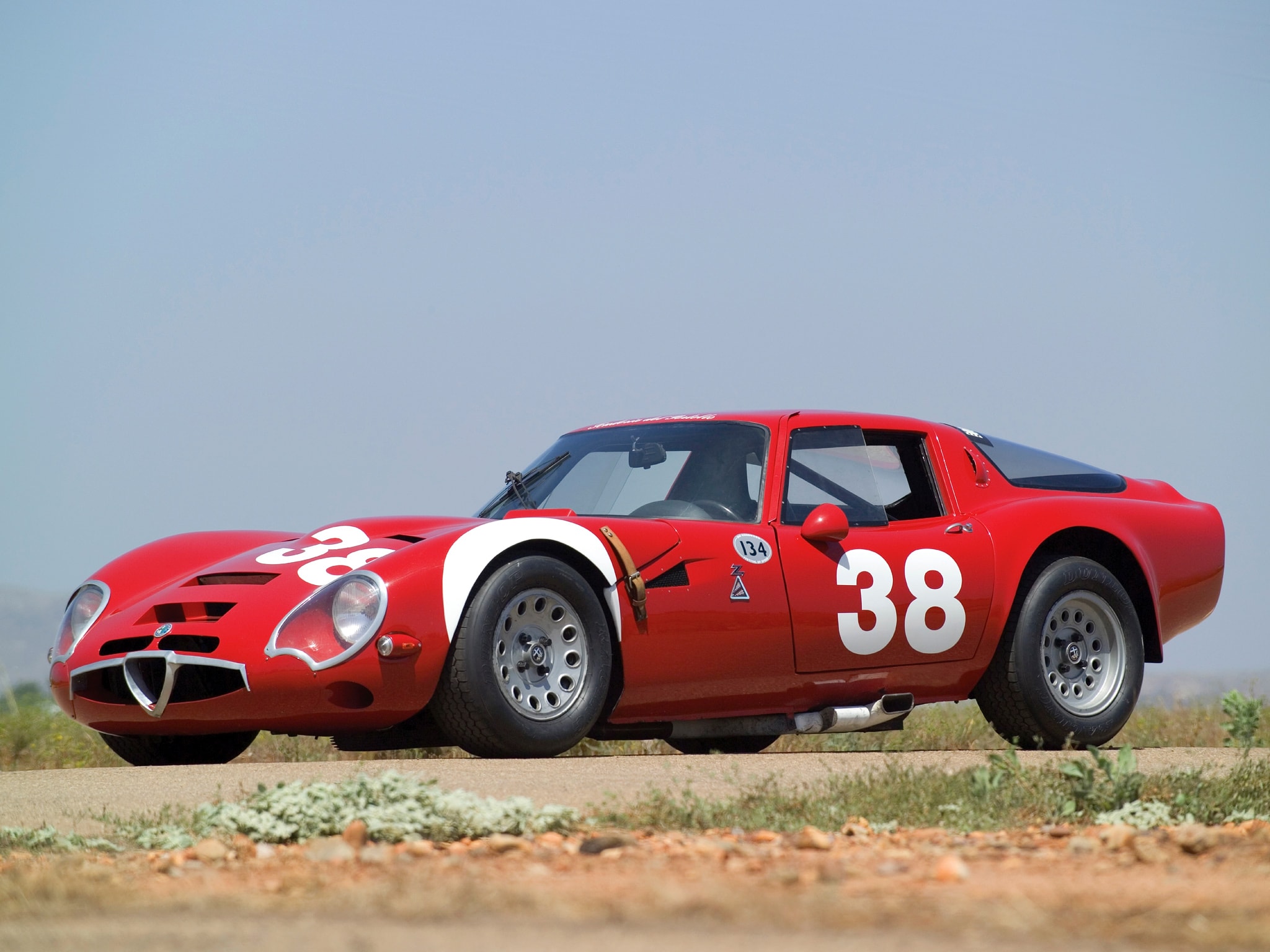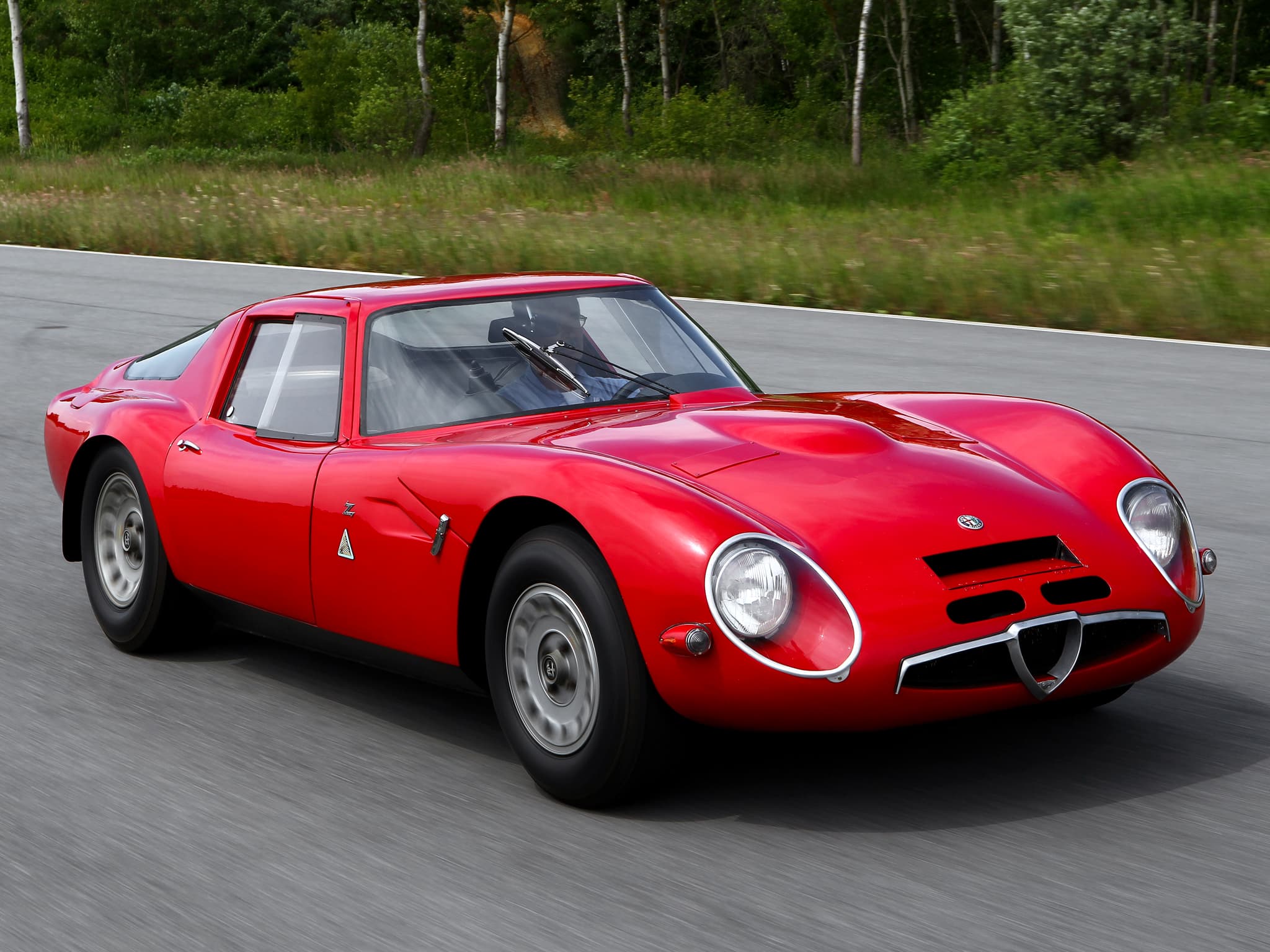The 1960s were a time of peace, love, and above all else, some seriously cool rides that still turn heads. But it wasn’t only about the Mustangs and Camaros of the car world. There are several gems from the ’60s that didn’t find the limelight but are still worth remembering. These unsung heroes of the road had the looks and the quirks but somehow slipped through the cracks of mainstream fame. In this trip down memory lane, we dug into the back catalog of the ’60s to spotlight some cars that you might not remember but definitely shouldn’t forget.
There’s the AMC Marlin, the underdog with a back end you can’t forget and charm that deserved more applause. And let’s not skip over the Dodge Charger 500, a beast built for speed that somehow didn’t zoom into the mainstream consciousness as much as it should have. So buckle up and let’s hit the road with these forgotten but unforgettable rides of the ’60s. It’s going to be a casual ride with plenty of pit stops to admire the cool, quirky, and downright awesome cars that time forgot but we’re bringing back into the spotlight.
Alfa Romeo TZ2: The Italian Enigma

The TZ2 was developed with a clear focus on racing, specifically for the FIA’s Group 4 category. When you take one look at this car, you’ll instantly recognize its racing pedigree. It’s no surprise as Alfa Romeo is a brand known for excellent handling and performance. The TZ2 had a specific suspension and lowered ride height that was custom-tailored for the race track. This car won numerous racing awards and trophies around the world thanks to its championship design and speed (via Forza).

The TZ2 wasn’t just made for racing as it was also a production vehicle. In typical Alfa Romeo fashion, the car was very high-end and appealing to a completely different clientele of drivers. People who drove these early Alfa models were auto fans who enjoyed the pleasure of driving. This wasn’t your average day-to-day car. If you were lucky enough to get one that was painted the beautiful red color, you had a showpiece that everyone would have noticed.
